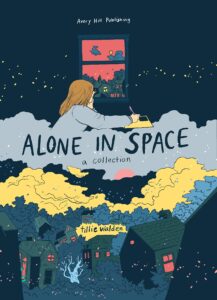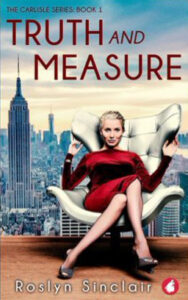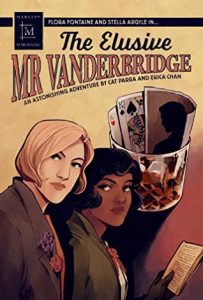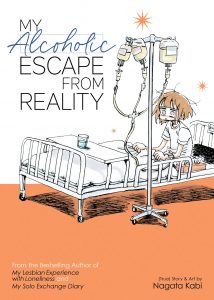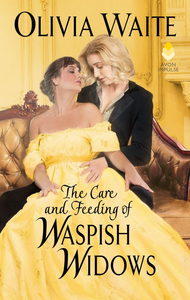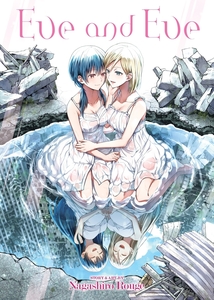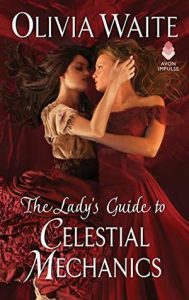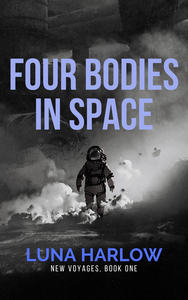Buy this from Bookshop.org to support local bookstores and the Lesbrary!
Machi has been going along with what other people want for as long as she can remember, but she’s so sick of her parents nagging her to find a husband that she’s ready to marry someone they’d hate to spite them. She wasn’t expecting her (female) best friend Hana to volunteer for the role, though!
Yep, we’re skipping the fake dating and going straight to marriage, that’s how we roll here.
I Married My Best Friend to Shut My Parents Up is a fast, tropey read with a really cute art style. Machi and Hana have been friends for a long time, and work as a classic “the grumpy one is soft for the sunshine one” pair, so their teasing and support for each other is lovely! And while the relationships starts off feeling unbalanced due to Hana’s pushiness and Machi’s passivity, its gradual evening out is fun.
I have so many mixed feelings about Hana’s pushiness, by the way; she’s mostly a cheery and flirty character, with her arc being all about revealing the serious core beneath that. But her response to Machi’s internalised homophobia (or what looks like homophobia) is sexual aggression that borders on harrassment. It’s presented as her issuing a challenge in the face of Machi’s previous knee-jerk reactions, and she always backs off without needing to be told, but it’s such a weird off-note with the rest of the manga. The manga’s tone is mostly funny, with jokes about boobs and playing with the stereotypes of heterosexual marriage! Hana pinning Machi to a bed to prove a point didn’t fit with that, to me.
But there is a serious core to I Married My Best Friend, in the form of Machi’s character arc—it’s my favourite part of the book. Machi grows so much as a result of living with Hana. She starts out completely detached from her own life, only doing what’s convenient and never actually thinking about what she wants. Her growth is entirely realising that there are things she cares about, and she’s allowed to say so! Whether that’s asserting herself at work, standing up to her homophobic mother for the first time, or trying to move from fake dating Hana to really dating her, she’s growing and changing for the better!
I Married My Best Friend to Shut My Parents Up is a lot of fun. If you’re in need of some f/f fake dating in the new year: this is a good place to start!
Caution warnings: homophobia, sexism, parental abuse
Susan is a queer crafter moonlighting as a library assistant. She can usually be found as a contributing editor for Hugo-winning media blog Lady Business, reviewing for Smart Bitches Trashy Books, or just bringing the tweets and shouting on twitter.


